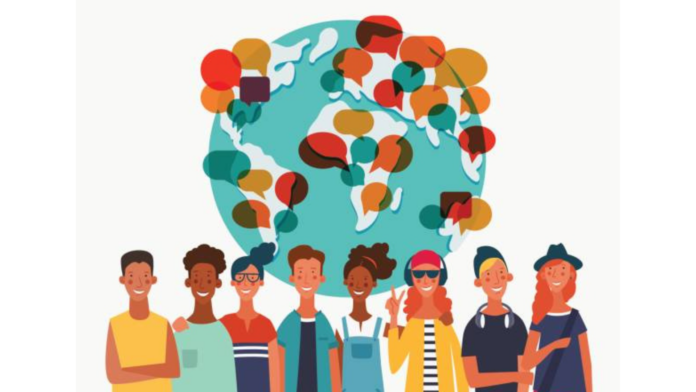Piali Dasgupta, Senior Vice President- Marketing, Columbia Pacific Communities
The recent Shah Rukh Khan blockbuster Jawan became the first Hindi language film to cross Rs 40 crores of business for its dubbed versions in Tamil and Telugu. India has never been more “local proud” than it is today and its 22 state languages are what marketers need to leverage in order to unlock the next level of growth for their businesses. Because the regional language market size in India is valued at USD 53 million.
Some numbers first. While India may have the largest English-speaking workforce in the world, depending on which data one is referring to, only 9 to 12% of India’s 1.4 billion population speaks English. The tier 2,3 and 4 audience that most new-age businesses including e-commerce is trying to tap into are vernacular language speakers.
Therefore, clearly, the “one language fits all” strategy is not the answer in a country that’s culturally and linguistically as diverse as ours.
And brands, particularly in the FMCG, e-commerce and consumer goods (fashion in particular), have understood this. They have realised that while content can be king, cultural context and nuances are crucial. And customers today are unafraid to call out brands when they don’t get the cultural context right, many of which I have witnessed firsthand.
A certain brand that I was associated with faced severe backlash for its Durga Puja outdoor campaign in Assam and Odisha because the word “Puja” was spelt as “Pujo” (the Bengali name for Puja), when in the said states the festival is called Durga Puja.
That’s the thing about culture. Nothing is too small to ignore. Every detail must be paid heed to, and every cultural stereotype eschewed. So, for brands, it’s not just about hiring translators to ensure that the message has been translated correctly in a regional language, but about ensuring right cultural representation.
Recently, Britannia Milk Bikis did this exceptionally well through its hyper-local campaign in one of its largest markets – Tamil Nadu. Titled “Anaivarukkum”, the campaign was a tribute to the 15+ dialects of the Tamil language across the state.
Last year, Tata Tea, one of the first ones to invest in hyper-local campaigns, also paid a tribute to Bengal’s rich handicrafts tradition through its Durga Puja campaign.
Around 75% of India’s internet users are vernacular language speakers who not only respond more to brand communication and advertisement in regional languages but also trust it more than English communication. This has led to the growth of social networking platforms such as ShareChat that has over 350 million monthly active users across 15 languages. And this is just the beginning; a recent Nielsen report suggests that rural India has 44% more internet users than urban India.
At Columbia Pacific Communities, while we mainly target an English speaking, affluent, urban audience, we have seen great response to regional advertising.
So, it’s really about understanding culture, language, sentiments, context, and applying this combined knowledge to craft compelling communication and connect with customers in a meaningful way.

